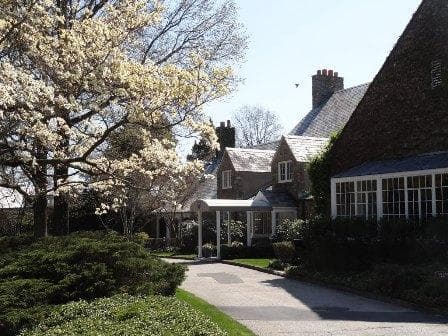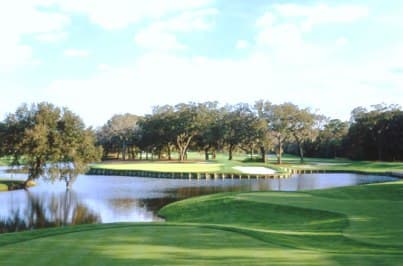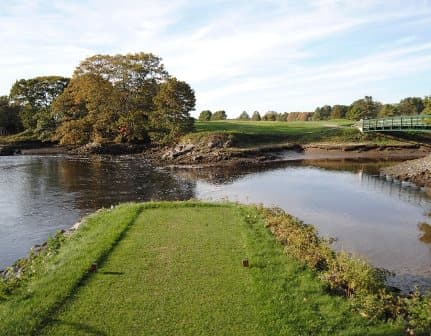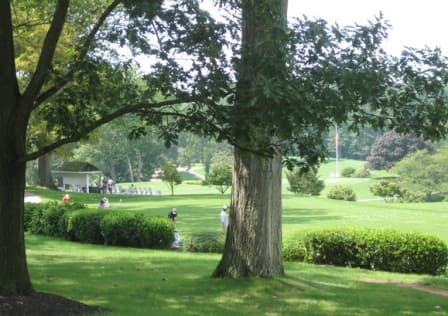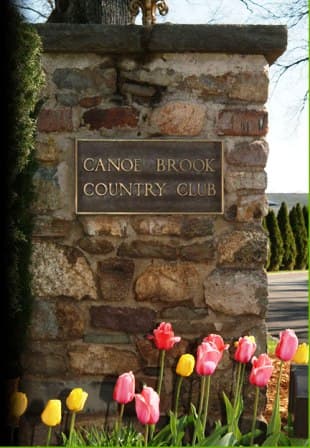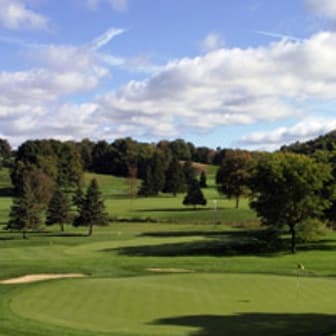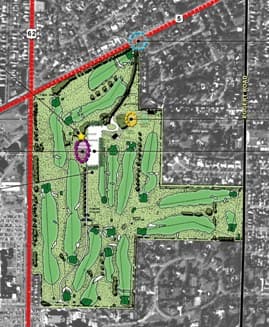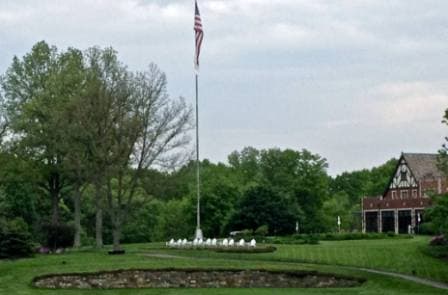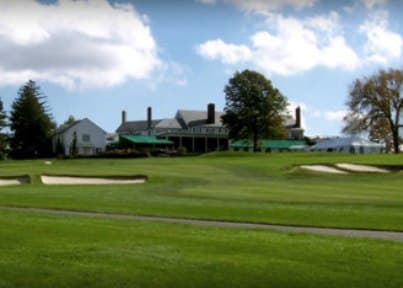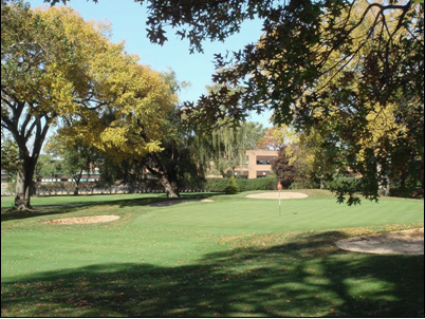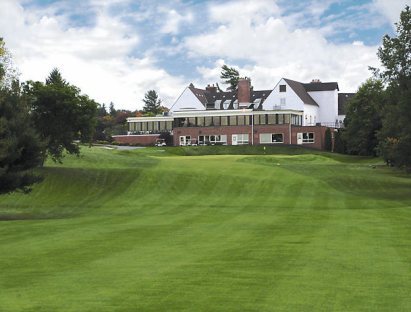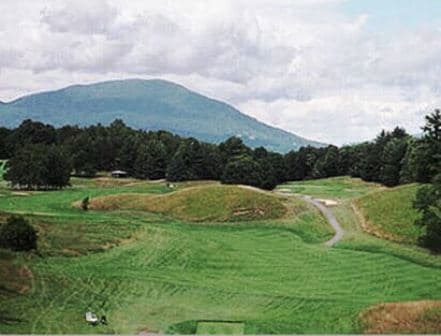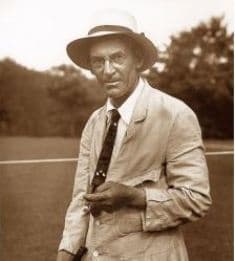
Walter James Travis
1862-1927)
Born Maldon Australia)
Denver, Colorado, at age 65
Walter Travis was born in Maldon, Australia. As a young lad, he was very interested in outdoor activities, including hunting, tennis, and cricket. Golf would not be introduced to Maldon until long after Travis left. After finishing his schooling, Travis took a job with a hardware company, and soon was chosen to manage a new company office opening in New York City. Travis embraced the city life of New York, and quickly developed a circle of friends with whom he enjoy tennis, cycling, and other activities. In 1890, he married the love of his life, and fulfilled his desire to be full-fledged American by becoming a naturalized citizen.
Travis first took up golf at age 34. He dedicated his attention and energies to the study and practice of the game, and with rapidly advancing skills, he soon had success in local competitions. His semifinal finish in the 1899 U.S. Amateur caught the attention of the golfing world. He won the first of his three U.S. Amateurs in 1900 and, in 1904, was the first non-Brit to win the British Amateur. No U.S. golfer won more tournaments from 1900 to 1910 than Walter Travis.
As a journalist, Travis became an influential voice in golf, beginning with his early articles about golf course design, golf rules, etc. In 1908, he founded "The American Golfer" magazine that became one of the most highly regarded golf magazines of its time.
Travis's first foray into golf course design occurred in 1899 when he accompanied John Duncan Dunn to Manchester, VT, to lay out the Ekwanok Country Club course. Shortly after, Travis joined the Garden City Golf Club where, over time, he dramatically redesigned its Emmet course. A month-long trip to Great Britain, in 1901, greatly shaped his thinking about the proper layout of courses, including the character of bunkers and greens. Following his retirement from competitive golf, in 1916, he turned his full attention to his golf course design.
With the 50 courses he designed, or redesigned, Travis encouraged strategic, or thinking golf. He believed that an errant shot should not go unpunished, and that lesser skilled golfers should have a safe choice. Travis was known for his creative approach to the design of greensites, with his greens surfaces reflecting the natural contours and undulations of the terrain, and an emphasis on the ground game. Golf courses such as Westchester CC (west), Hollywood Golf Club, Cape Arundel Golf Club, and many others, continue to provide great enjoyment and challenge, and are a great tribute to one of the great pioneers of golf in North America.
Submitted by .....
Ed Homsey, Archivist
The Walter J. Travis Society, Inc.
www.travissociety.com
